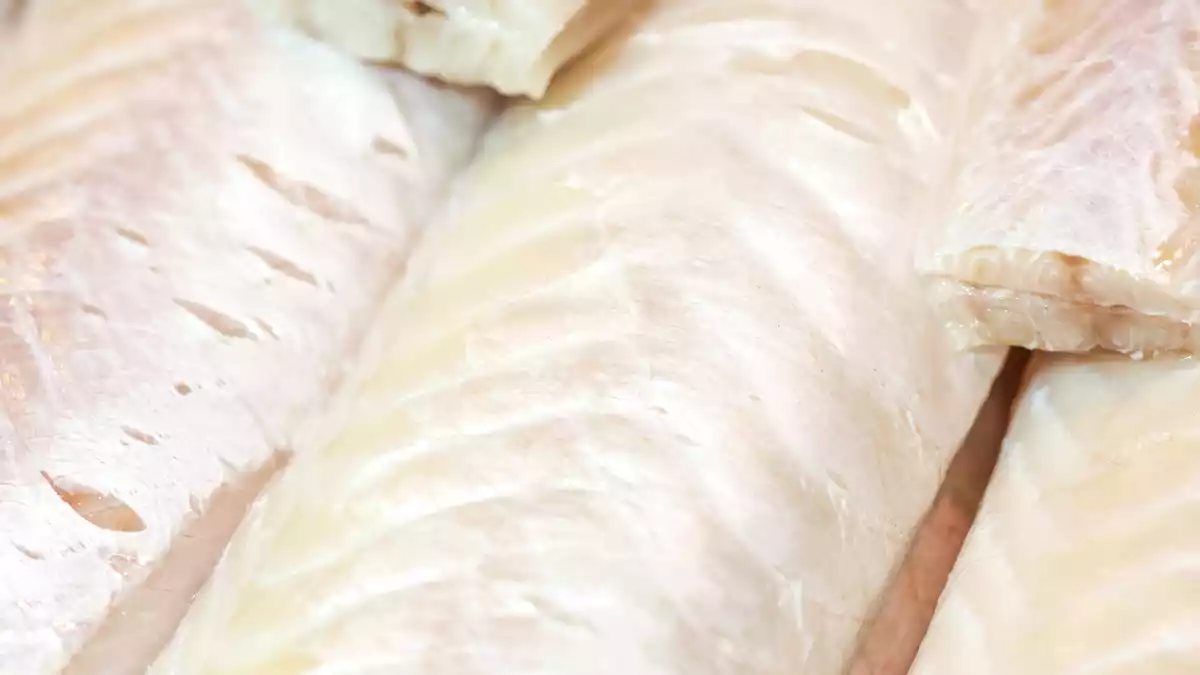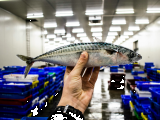How to desalinate cod. Patience, cold water and know-how. This is how a chef would do it

There are few traditional recipes that include cod and do not begin, even before turning on the fire, with an ancient and methodical gesture: submerging the fish in cold water. Desalting cod is an operation that may seem simple, but requires attention, time and knowledge. And like so many other tasks in popular cuisine, it has something of a ritual and inherited wisdom.
Although today it can be found in its fresh version, dried-salted cod is still the most valued form in many kitchens. Its flavor is deeper, its texture firmer and its preservation longer. This salting technique, which was born out of necessity, has become a virtue. But in order to enjoy cod at its best, it is first necessary to restore its balance: neither too salty nor tasteless.
WHY DESALTING COD?Salted cod, whether in loins, pieces or crumbled, retains its qualities thanks to the salt, which extracts the moisture and acts as a natural preservative. This technique, practiced since the Middle Ages, allowed the fish to reach inland areas without spoiling along the way. But before cooking, it is essential to remove excess salt.
HOW TO DESALINATE COD, STEP BY STEP:
1. Choosing the right container
Choose a large container, preferably made of glass or ceramic material, where the cod will be well covered. It should have enough space to allow the water to be changed without crowding the pieces.
2. Proportion of water
The amount of water should be at least twice the weight of the cod. Some cooks, as suggested by Simone Ortega in her now classic 1080 recipes, recommend even tripling the volume to facilitate a more uniform desalting.
3. Placement of parts
The pieces should be introduced skin side up. This orientation helps the salt, which tends to concentrate on the skin, to be released more efficiently and not accumulate at the bottom of the container.
4. Time and water changes
Desalting time depends on the size and thickness of the cod:
- For thick loins: between 48 and 72 hours.
- For medium pieces: about 36 hours.
- For crumbs or crumbled cod: 8 to 12 hours will be enough.
During this time, the water should be changed at least twice a day, increasing the frequency during the first hours.
5. Controlled temperature
Desalting should always be done cold, ideally between 39°F/4°C and 42°F/6 °C. Keeping the container in the refrigerator avoids fermentation and allows a more gradual desalting. In warm environments, leaving the cod at room temperature may alter its flavor and texture.
6. Check the salt content
The only sure way to know if the cod is ready is to taste it. Cut a small slice from the center of the piece, cook it lightly (it can be boiled, steamed or grilled) and check its doneness. It should be tasty, but not salty.
Practical (and classic) tips
- Do not reuse the water between changes. The released salt will redissolve and ruin the process.
- Avoid draining it on absorbent paper that may alter its surface. Let it drain on a rack or colander.
- If you are going to freeze it after desalting, be sure to dry it well and wrap it properly. Desalted cod can be kept cold for three days and frozen for several months.
- Do not rely on the external appearance: some pieces look desalted on the outside but are still salty on the inside. That is why it is essential to respect the times.
An ancient gesture that defines a kitchen
Desalting cod is not simply hydrating it. It is a gesture that defines Spanish cuisine, a practice that turns a preserved product into a living ingredient, ready to be integrated into a recipe steeped in history. Few traditional recipes, from potaje de vigilia to bacalao al pil-pil, ajoarriero or buñuelos de bacalao, begin without this prior, meticulous and patient step. At a time when everything is accelerated, there is something deeply respectful and almost poetic in waiting 48 hours to cook a fish. Because as in so many things in traditional cuisine, what is important is not only the result, but also the journey.
You may also be interested in:
 Patricia González
Patricia González
Comments